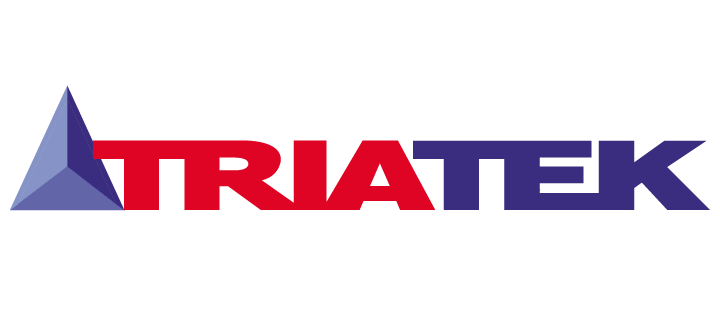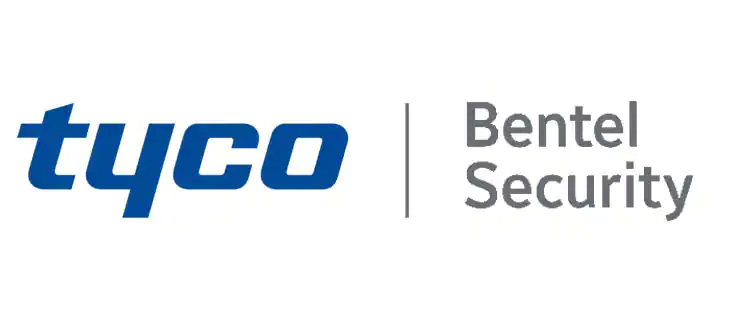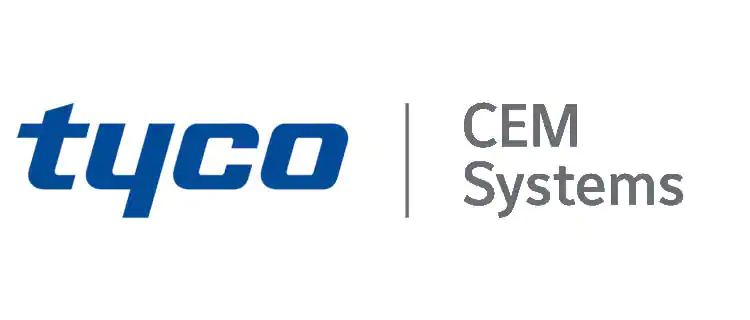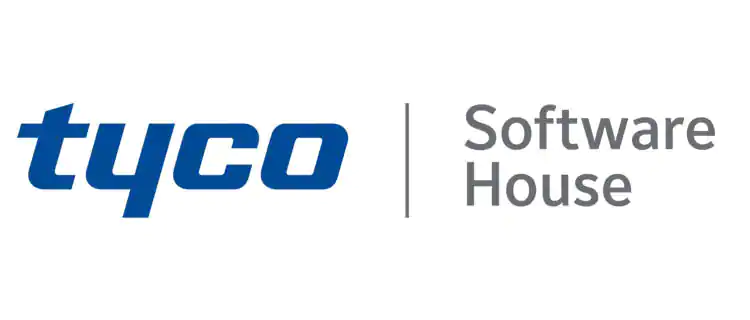5 Steps for Successful VMS Implementation

Video management software is the cornerstone of every surveillance system, providing vital capabilities including the ability to manage multiple cameras and video feeds at once, whether that video is live or recorded. It can also mean the difference between capturing video that is usable in the event of an incident, such as a slip and fall accident in a store, and video is unclear and difficult to discern.
When selecting and installing a VMS system, there are a few key steps to take to ensure success and that the system operates as expected.
Select your integrator partner carefully
Not every security installer can be an expert in the thousands of surveillance systems sold today. That is why it’s important to work with a security systems integrator who has been certified on the specific brand of system to be installed. A certification can indicate that a technician has participated in a multi-tiered training program to fully understand the system, with the ability to trouble-shoot complex issues and understand how to leverage the full capabilities of the VMS system selected. Check the certifications of your integration partner first.
Calculate your storage needs
Calculating how much storage is needed for video can be tricky business. Most manufacturers will provide an online storage calculator tool to help with this process, but many times these tools focus on best case numbers and do not always provide an accurate representation. The variability of modern video compression can also complicate estimation of storage.
A unique camera scene will encode and compress video down to a specific bitrate of data, which in turn dictates how much video you can store with a given amount of storage. When using an online storage calculator, take your environment into consideration as well. Cameras with lots of scene activity or complex backgrounds create higher bitrates, which in turn translates into higher storage needs. If at all possible, consider placing cameras into a specific area to understand the actual bitrates generated that will allow for accurate storage system planning.
Understand who will be using the VMS
Who will need to access live or stored video? Is it a front office receptionist, an IT person, the owner of the company or all of the above? To ensure a successful deployment of a new VMS system, take into consideration who will need to access this data and their unique needs. For example, a receptionist may only need to access live video to see who is in an unattended area of a building, such as a foyer leading into a reception area, but may not need to access stored video. An IT person may only need access to video taken of the IT room, while the owner of a business may need complete access to both live and archived video. Providing open access for all users brings with it the risk of unauthorized access to sensitive information and complicating their job activities with unneeded access to advanced functions.
Configure the system to ensure permissions are matched to each individual’s role, thereby simplifying the user experience - and conserving access rights - to just the behaviors they need.
Is your VMS cyber secure?
Ensuring data is secure is one of the biggest priorities of every business, but not every IP-enabled device or software is designed to be cyber resiliant. When selecting a VMS system, review whether it meets rigorous cyber security standards to protect it from attacks. If the product isn’t designed, tested, and maintained with a cybersecurity mindset upfront, you are likely to always be more exposed as vulnerabilities are discovered and addressed. Cybersecurity isn’t a “feature” that’s easy to add later, so this is why it’s important to work with product manufacturers with a cyber mindset who have developed and adhere to a cybersecurity program that is proactive to common issues and threats.
Integrate your VMS into other systems
Video surveillance is only one element of physical security. Many sites use access control to ensure ease of movement through a site, while still restricting access by individual necessity. Alarm systems are also a foundational component of security, and the surveillance system can integrate effectively with both of these systems and others, improving how effectively a security team responds to events. Even if you don’t have immediate plans for integrations, investigate the breadth of integrations a VMS offers so that today’s investment can handle the needs of tomorrow.
Success in physical security is measured by how effective an organization is at protecting their people and assets. For video surveillance that means the correct video is captured and properly stored, users are properly trained and can access that video effectively, the system is secure and doesn’t become a risk to the organization itself, and finally, the video surveillance system contributes to the other components of physical security in place, furthering the mission goal of protection. These five areas should be part of your VMS deployment planning today, for the challenges you’ll face in the deployed system tomorrow.
To learn more about the solutions from Exacq, visit https://exacq.com/products/professional/



























































.webp)















